They were moating. Their black and white furs flying everywhere. Some were sleeping in their holes. Others were limping about. Noisy little fellas. What was that sound they make? Do penguins quack?
We stood there admiring the small penguin colony, separated by only a small fence – just short enough to prevent the penguins from leaving, but almost non-existent for us humans. It was the closest we could get to the penguins at Punta Cantor, our first stop at the UNESCO protected Peninsula Valdes tour.
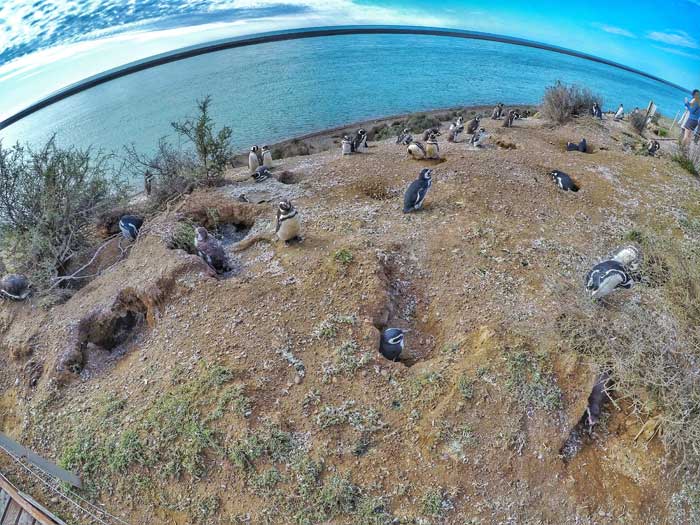
I arrived at Puerto Madryn after a 20-hour bus ride from Buenos Aires. As the first stop in my Patagonia adventures, the temperature dropped drastically. Being a small city along the coast in the Chubut region, there is nothing much to do in the city itself.
But Puerto Madryn is the gateway to the Peninsula Valdes and Punta Tombo National Reserve.
These two sites are the most-offered tours in every hostel and every tour agency in the city. Peninsula Valdes is a UNESCO-listed area offering lots of different wildlife - penguins, elephant seals, sea lions, guanacos, whales and orcas. Punta Tombo is touted as the largest colony of Magellan penguins – up to 1 million during the season!
Both were expensive tours and my time was limited. Which should I choose?
Hmm…a UNESCO site with different types of animals, or one site with just penguins?
Obviously, the completionist in me chose the UNESCO option. It seemed like a no-brainer! On hindsight though, I wished I’ve chosen to go for Punta Tombo.
From what I’ve heard, at Punta Tombo, there isn’t an annoying barrier like at Punta Cantor. You get to interact and walk alongside the penguins, thousands of them. You even get to snap a selfie with a penguin!
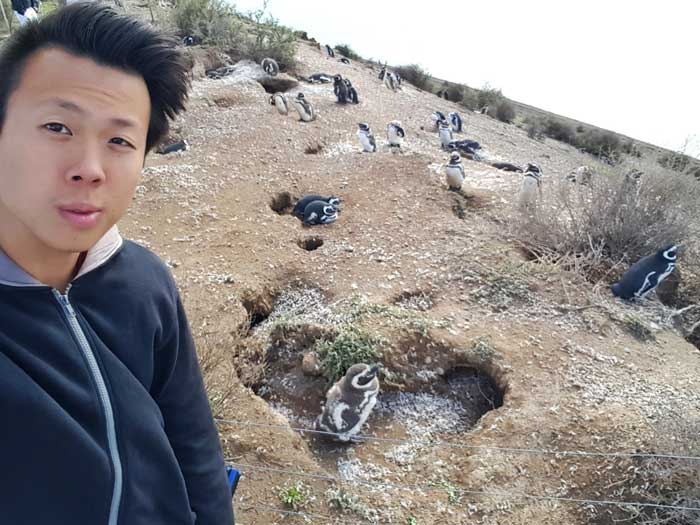
bad selfie
After almost three hours on the tour bus, with a short stop at a wildlife museum along the way, we spent around 20 minutes at Punta Cantor with the penguins. There wasn’t enough time for me to take the perfect penguin selfie!
Then it was another couple of hours on the road, where signs still alert drivers to the possibility of wild animals darting from the woods. Occasionally, the driver slowed down for us to take photos of the llama-like guanacos and the ostrich-like choiques.
The surrounding was a dry, yellow, barren landscape, reminiscent of a savanna. According to our guide, the area receives little rainfall, which explains the landscape.
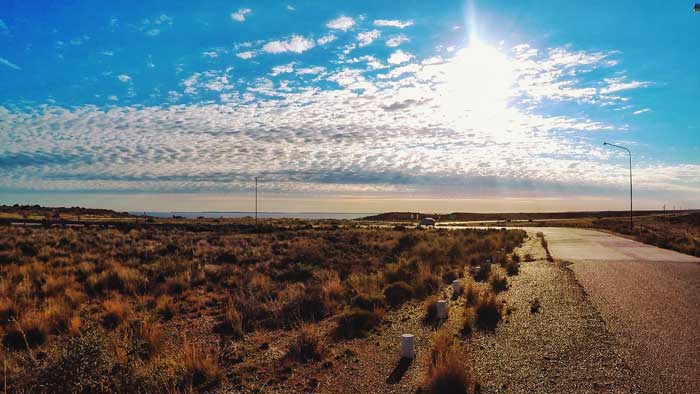
Our second stop at Punta Norte wasn’t much better. A place with abundant marine wildlife, elephant seals are a common sighting, and if you’re lucky, you’ll get to see orcas.
Elephant seals! Orcas!
Our guide did a great job building up the excitement. We rushed to the platform, only to realize the elephant seals laid lazily on the beach, a few hundred meters away. They were so far, and hardly moving, that my camera couldn’t capture anything.
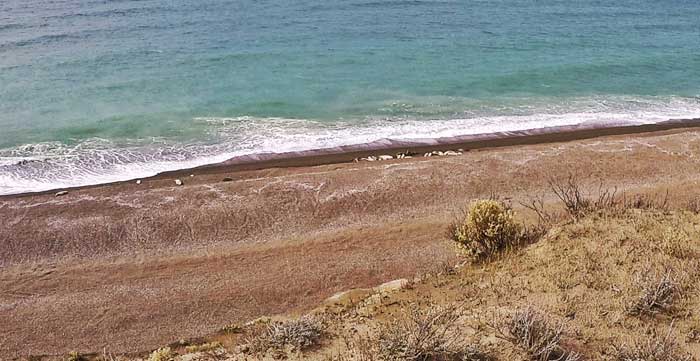
faraway elephant seals
- YOU MIGHT ALSO LIKE: Snorkelling with Sea Lions at Puerto Madryn
We waited there for an hour, getting harassed by the strong, cold winds. Winds so strong, I couldn’t stand it, and returned inland. Luck wasn’t on our side. We did not see any orcas.
The small consolation that brightened up our day was seeing a cute little Amarillo scurrying about like a cartoon character, looking for food. The girls squeal excitedly and all cameras pointed to Mr. Amarillo like the paparazzi spotting Robert Downey Jr.
At 3pm, after spending 80% of our time on the bus, we stopped at Puerto Piramides, the only urban center (really, a village) in Peninsula Valdes. It is surrounded by cliffs resembling pyramids and the waters are crystal clear, hence the name Puerto Piramides (pyramids).
It was there I had my first Argentina mate (ma-te). A social drink almost never sold in shops, I was excited to find one in a restaurant. The amused owner kindly showed me how it’s done.
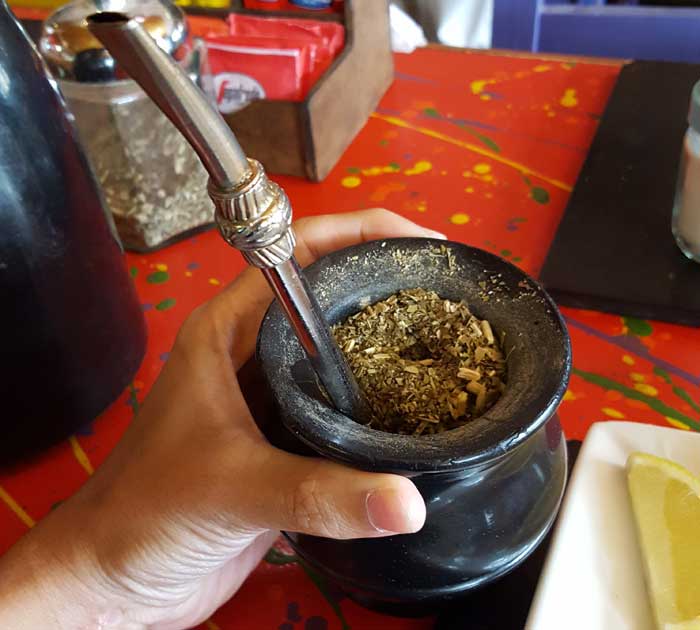
A satisfying lunch but an unsatisfying tour. I blame the completionist in me for wanting to ‘tick off’ all UNESCO sites. It is, however, a rewarding tour for a wildlife lover and/or photographer. There were multiple powerful cameras – those with super long lens – and tripods stationed on the platform at Punta Norte, snapping photos of the elephant seals, and possibly waiting for the elusive orcas.
If you’re not a wildlife enthusiast, I’d definitely recommend Punta Tombo instead. A thousand times more penguin, a thousand more smiles.
Or, snorkel with sea lions at Puerto Madryn.
When to See Wildlife in Peninsula Valdes
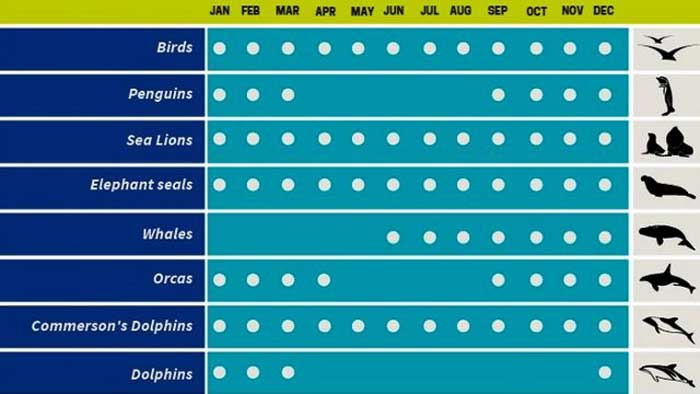
- Birds: All year round
With over 181 bird species, the aptly named Isla de los Pajaros (Bird’s Island), located at the southern area of Golfo San Jose, is without a doubt the best place for the bird lover to fulfil his fantasy. Besides Bird’s Island, you can spot different species of birds on the Peninsula Valdes and even Puerto Madryn itself.
- Penguins: September to March
The three different colonies of penguins are: Punta Tombo, Punta Norte and Punta Delgada, with the largest colony being Punta Tombo which is home to 500 000 to 1 million Magellan penguins. November is the best time to visit as baby penguins hatch and waddle around your feet, although it is extremely important to respect their living space.
- Sea Lions & Elephant Seals: All year round
Although these marine mammals can be seen all year round dotting the coast of Peninsula Valdes, the breeding season happens during December and March. During with the busiest period you can see more than 20 000 elephant seals.
- Southern Right Whale: June to December
Perhaps my experience in Peninsula Valdes would have been much better if I visited at the right time, since this is one of the best places in South America for whale-watching. Southern Right Whales start appearing in June and their numbers increase daily, peaking in October. Whale watching is considered one of the best travel experiences in Argentina, which I unfortunately did not get to experience.
- Orcas: September to April
Did you know that these creatures, commonly referred to as killer whales, are not actually whales? Instead, they are dolphins, and in fact, they are whale killers, and their names got lost in translation. The best places to see them, if you are lucky, are at the high coastal areas of Punta Norte. Don’t get your hopes high though. They are almost as elusive as the Loch Ness Monster. Almost.
- Dolphins: December to March
The best places to see dolphins are on your boat, when they are swimming alongside. On shore, it would be the coast of Golfo Nuevo and Golfo San Jose. Often travelling in pods of 20 to 100, they never fail to dazzle with their spins and somersaults.
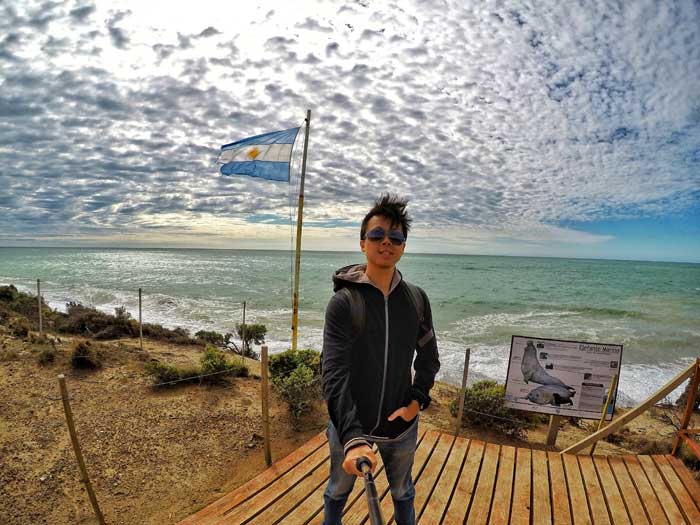
And now, it's your turn.
